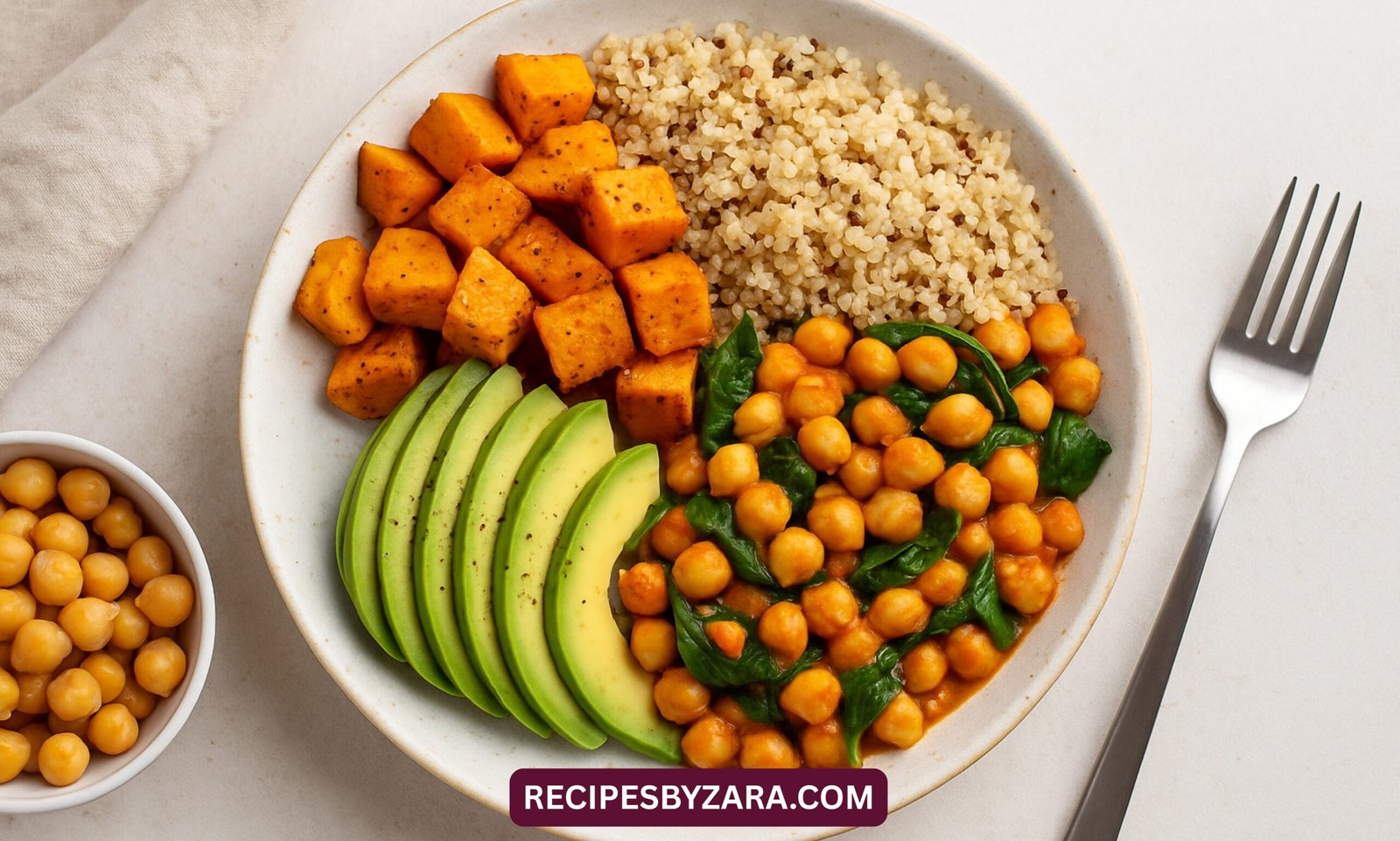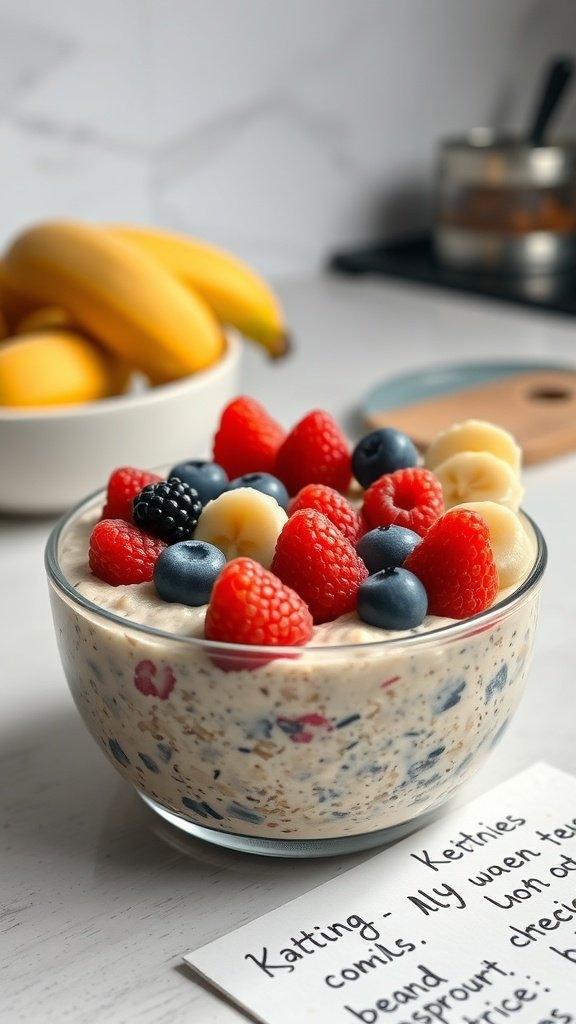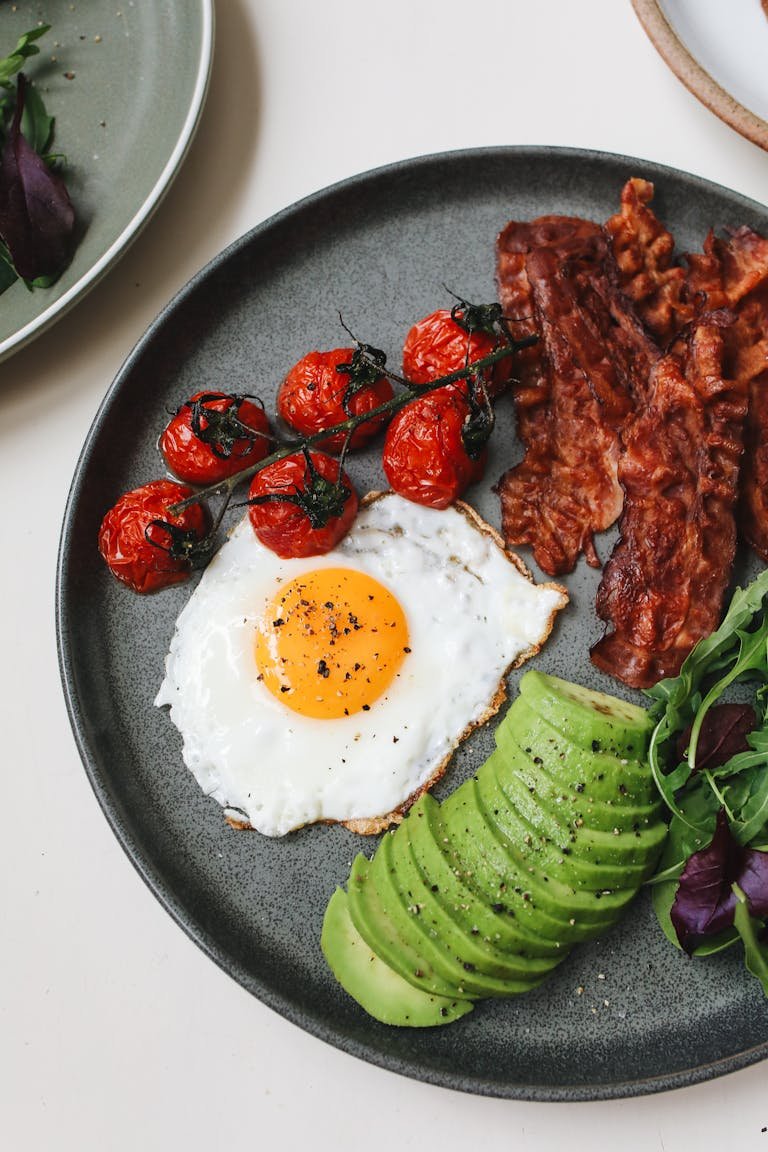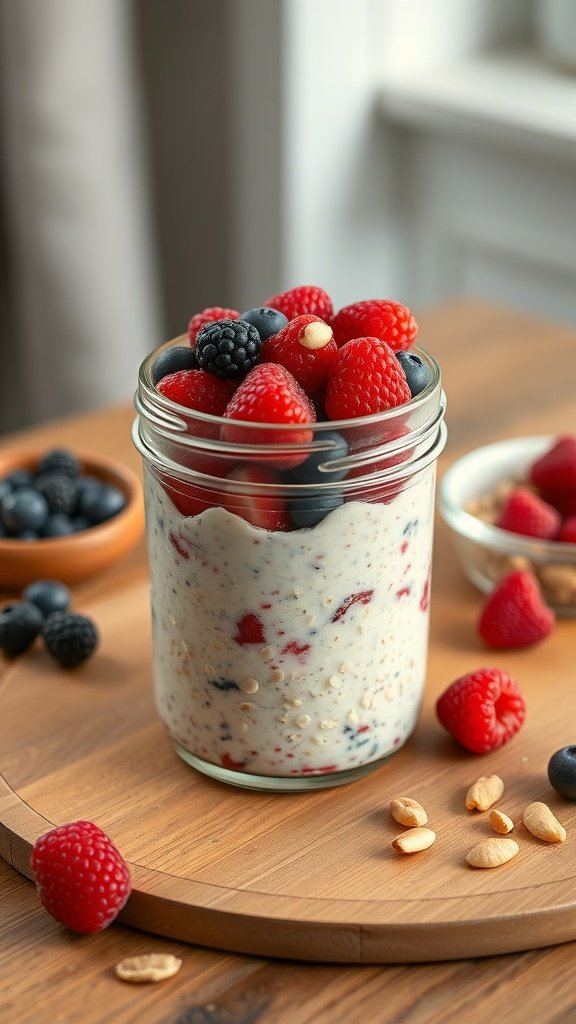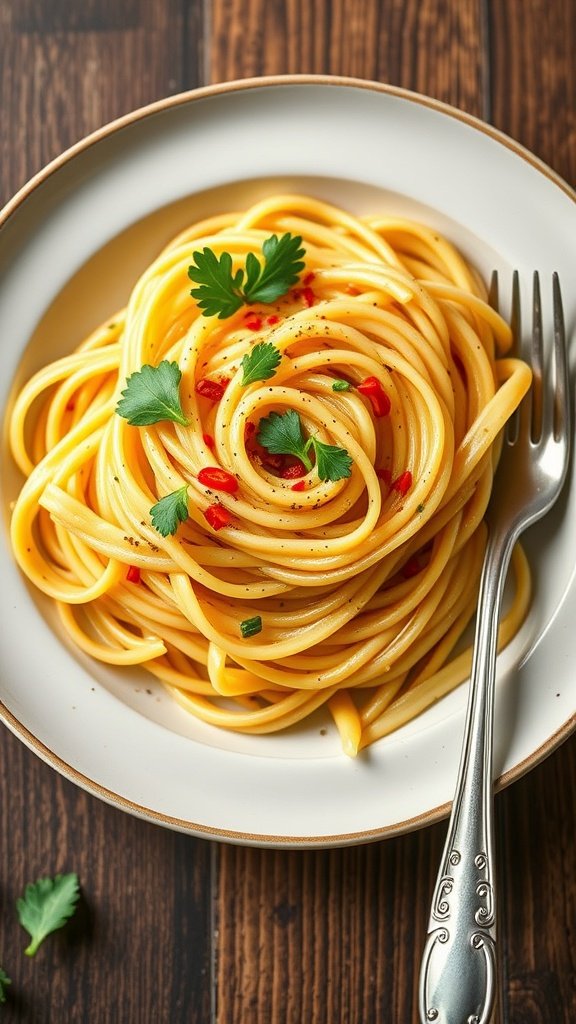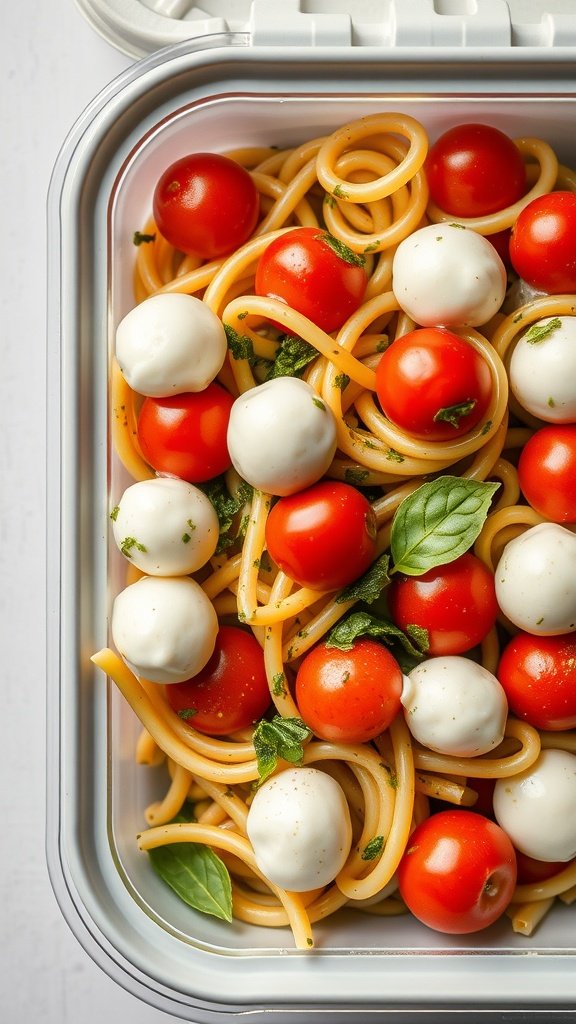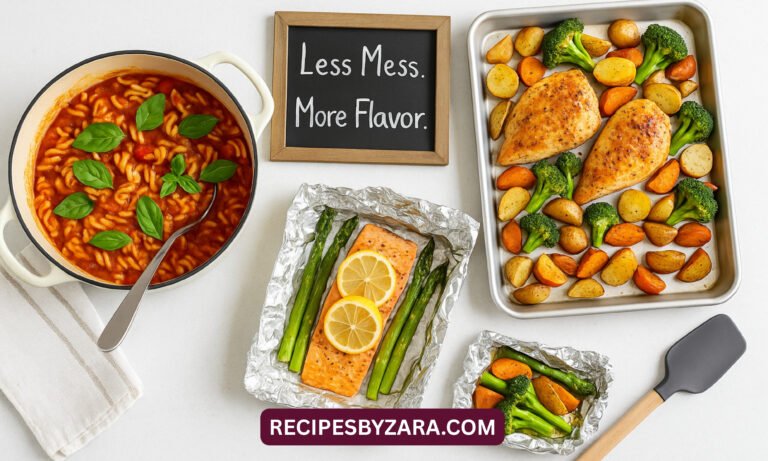Protein Vegetarian Meals Power Packed Recipes for Plant Based Diets
Fuel your body with delicious and nutritious protein vegetarian meals. High protein meatless recipes, meal prep ideas, and complete plant-based dishes to support your health and fitness goals.
For those following a vegetarian lifestyle, getting enough protein is key to maintaining energy, muscle health, and overall wellness. That’s where protein vegetarian meals come into play. Unlike meat-eaters, vegetarians must be more intentional about combining plant-based sources to meet daily protein needs. It’s very possible to get ample protein on a vegetarian diet if you plan smartly.
A common myth is that vegetarians can’t build muscle or stay full due to a lack of protein. In reality, high protein vegetarian recipes featuring legumes, soy, quinoa, and dairy can be incredibly satisfying. These meals help you feel fuller for longer and aid in muscle recovery, especially for active individuals. Even casual eaters benefit from protein-rich meals by avoiding energy crashes.
1. Why Protein Is Essential in a Vegetarian Diet
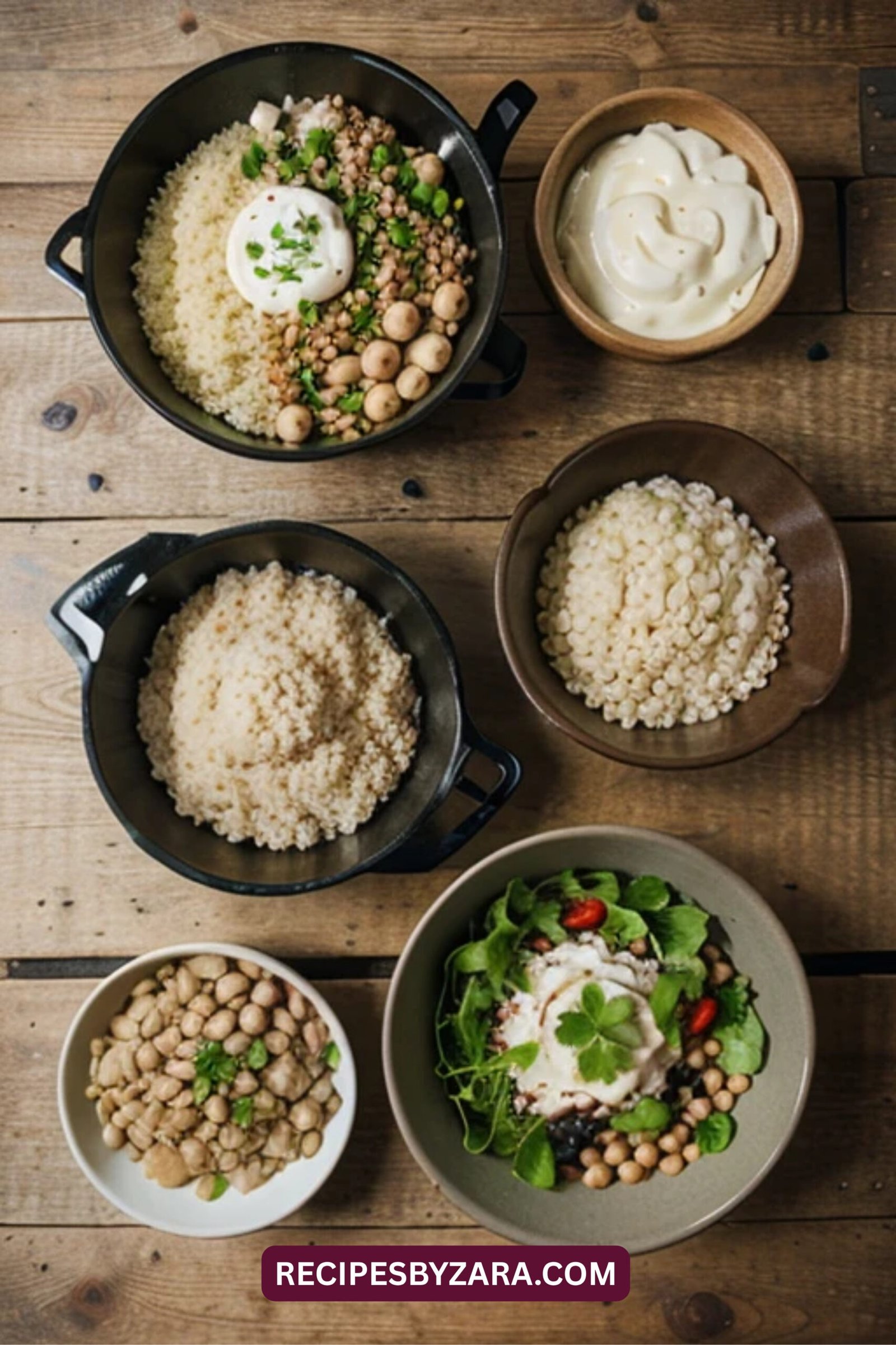
Meatless high-protein meals are also great for supporting heart health and weight management. Plant-based proteins tend to be lower in saturated fat and cholesterol compared to animal products.
That makes them a smart choice for those looking to reduce risk factors for chronic illness while still enjoying flavorful meals.
Finally, eating more vegetarian protein meals is environmentally friendly. Plant-based foods require fewer resources to produce and contribute less to pollution and climate change.
When you center your meals around sustainable, protein-rich vegetarian options, you’re supporting both your health and the planet.
2. Top Vegetarian Protein Sources to Use in Meals
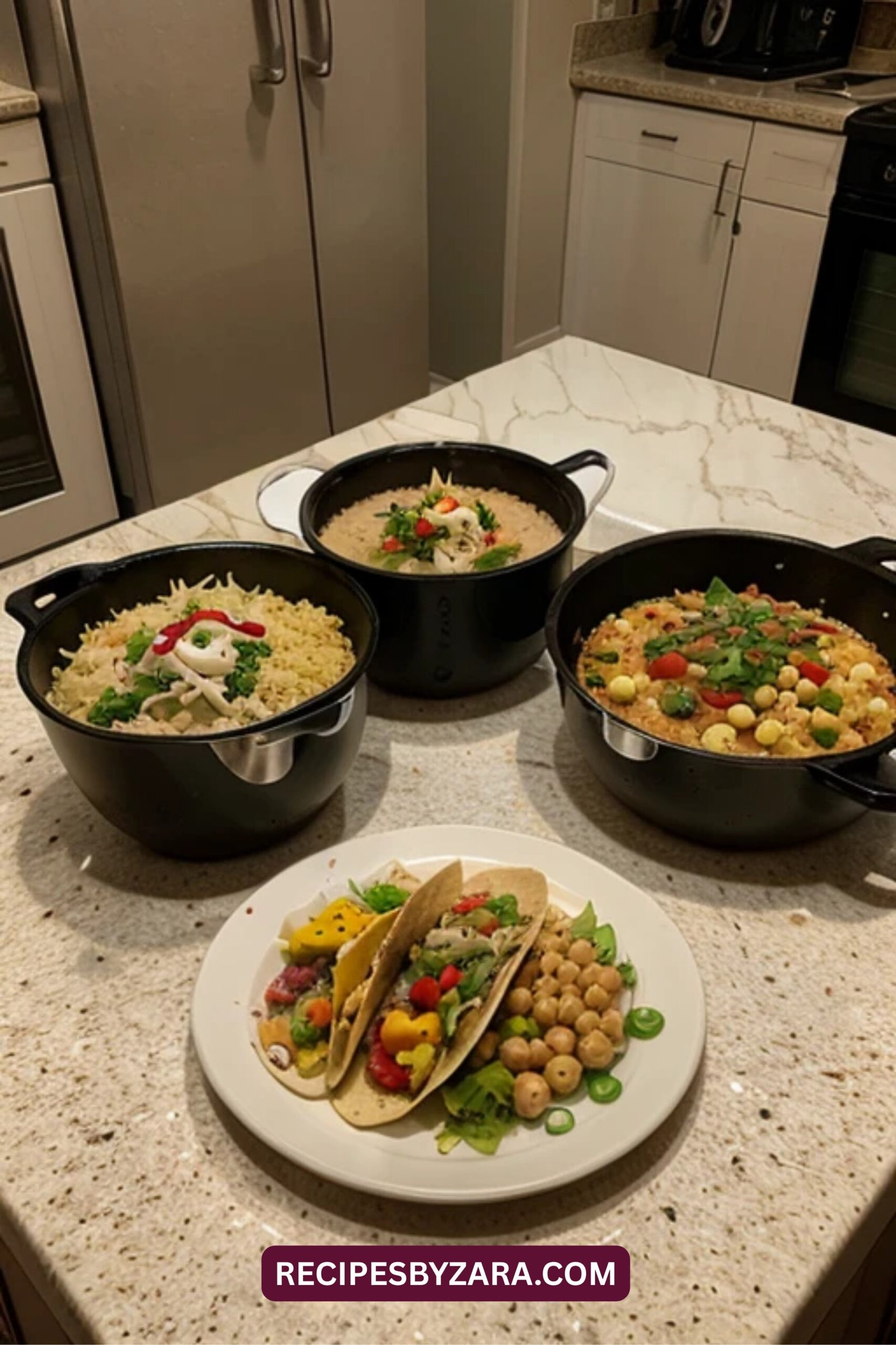
Creating balanced protein vegetarian meals starts with knowing your ingredients. Lentils, chickpeas, black beans, and edamame are staples of any high-protein plant-based diet. These legumes are not only rich in protein but also packed with fiber, which helps digestion and satiety. They’re great in curries, soups, salads, and wraps.
Tofu and tempeh are soy-based proteins that are extremely versatile. Tofu can be scrambled, baked, or added to stir-fries, while tempeh has a firmer texture and nutty flavor ideal for grilling or sautéing. Both are excellent in vegetarian meal prep because they hold up well over time and absorb flavor easily.
Grains like quinoa, farro, and bulgur also contain a surprising amount of protein. Quinoa, in particular, is a complete protein, meaning it contains all nine essential amino acids. Mixing grains with beans or seeds creates plant-based meals with protein that are both hearty and nutritious. These combos are perfect for bowls, grain salads, or veggie-packed casseroles.
Don’t forget dairy and eggs for those who follow a lacto-ovo vegetarian diet. Greek yogurt, cottage cheese, and eggs are all excellent protein sources. They make quick breakfasts, snacks, or lunchbox additions that contribute to your daily vegetarian protein intake. Combining various sources helps ensure nutritional balance across your meals.
3. Easy High-Protein Vegetarian Meals for Every Day
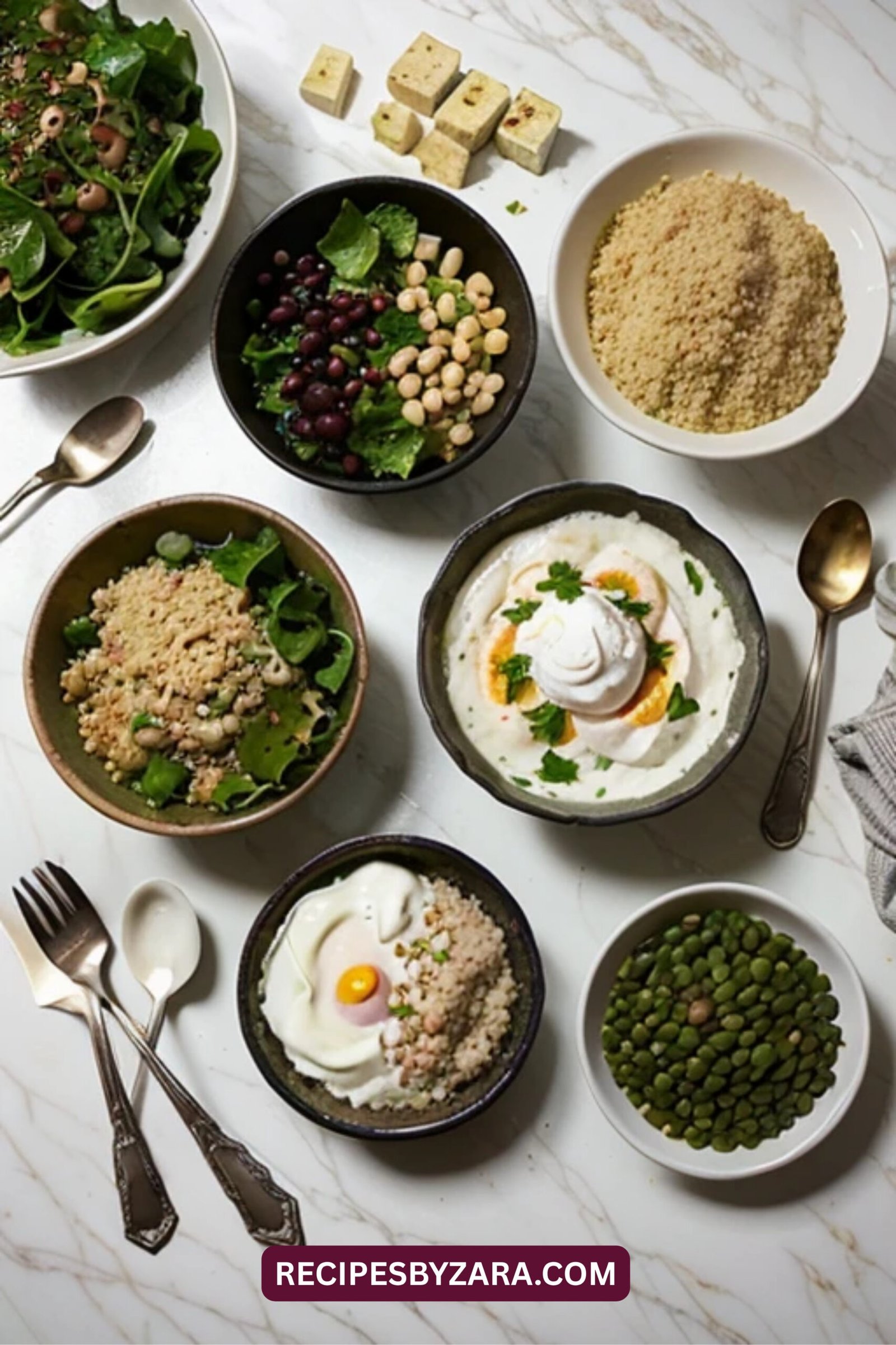
Building delicious and easy protein vegetarian meals is simpler than it sounds. Try a chickpea curry over brown rice, topped with cilantro and lime. It’s hearty, flavorful, and loaded with fiber and protein. Another idea is black bean tacos with avocado and slaw perfect for quick weeknight dinners and full of plant-based goodness.
For breakfast, opt for a tofu scramble with spinach, tomatoes, and bell peppers. Serve it with whole-grain toast and avocado for a complete, energizing start. You can also prep high protein vegetarian breakfasts like Greek yogurt parfaits with nuts, seeds, and berries. These meals are convenient and satisfying.
Lunch options include lentil soups, quinoa salads with edamame, or a wrap filled with hummus, roasted veggies, and boiled eggs. These meals offer balanced nutrition and are easy to pack for work or school. Many of these are ideal as vegetarian meal prep ideas cook once and enjoy for days.
Dinner can feature hearty options like tempeh stir-fry, veggie lasagna with ricotta, or baked sweet potatoes topped with black beans and cheese. These meals provide flavor and nutrition while being comforting and filling. By rotating different vegetarian protein-rich meals, you’ll keep your menu diverse and enjoyable.
4. Meal Prep Tips for High-Protein Vegetarian Eating
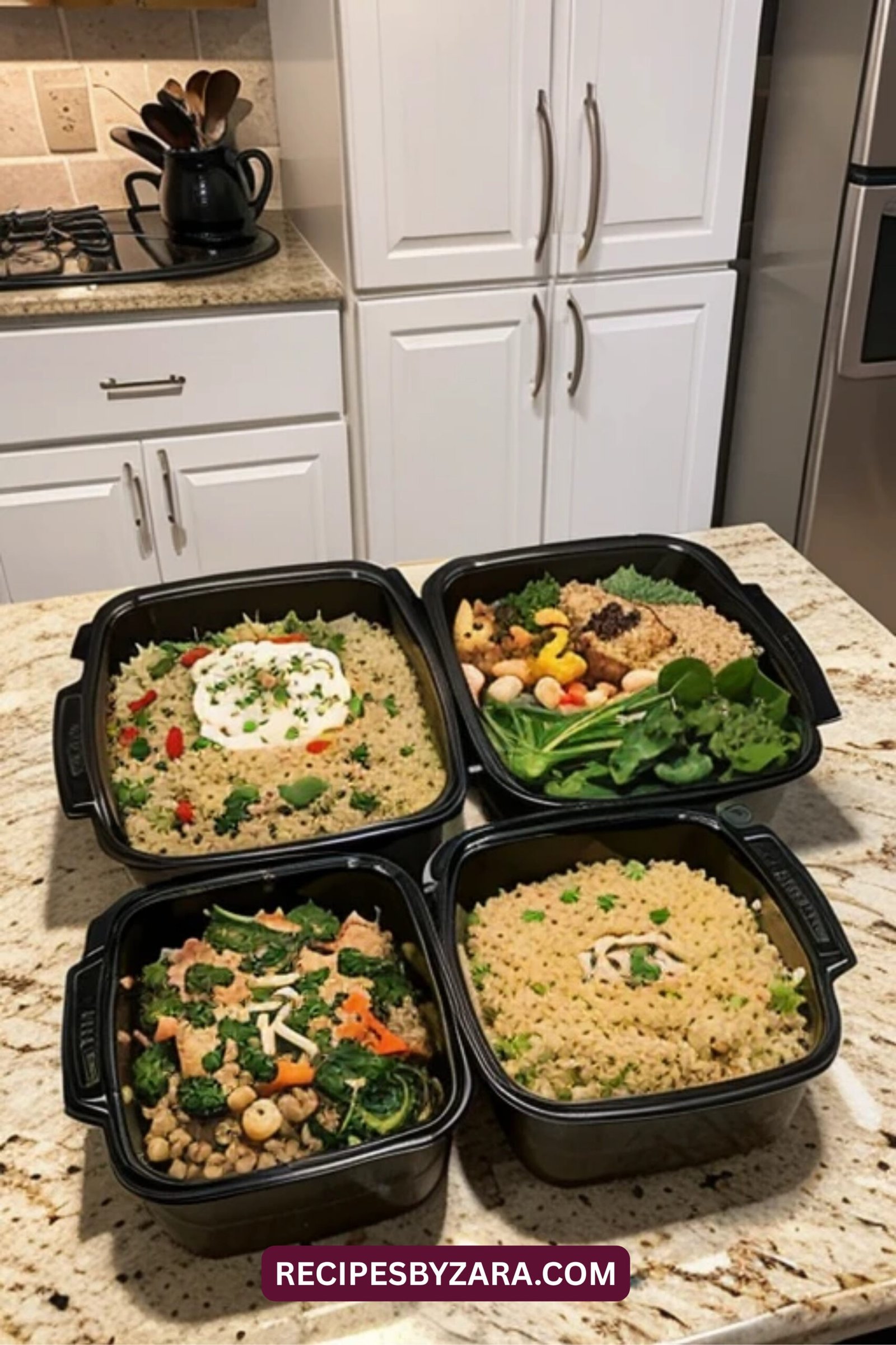
Effective protein vegetarian meals often start with smart planning. Begin by choosing 3–4 core ingredients for the week such as tofu, lentils, quinoa, and eggs and use them in different ways across meals. This helps reduce waste and streamlines your shopping and cooking process. A weekly prep day can set you up for success.
Batch-cook legumes and grains in advance, then store them in the fridge or freezer. Use them to create mix-and-match meals like grain bowls, wraps, and soups. Having these components ready allows you to assemble meals in minutes. These vegetarian meal prep recipes are perfect for busy weeks and help avoid takeout.
Portion meals into containers labeled for breakfast, lunch, and dinner. Add a source of protein, a complex carb, and veggies to each one for a balanced meal. Use reusable containers to reduce plastic waste and maintain food freshness. This approach simplifies your vegetarian diet plan and encourages healthier eating habits.
Lastly, don’t forget snacks! Hard-boiled eggs, hummus with carrots, or a scoop of protein-rich chia pudding make excellent between-meal options. Keeping protein-rich snacks on hand curbs cravings and helps you stay on track. With a little planning, plant-based high-protein meals can become a convenient and delicious part of your daily routine.
5. How to Get Complete Proteins Without Meat
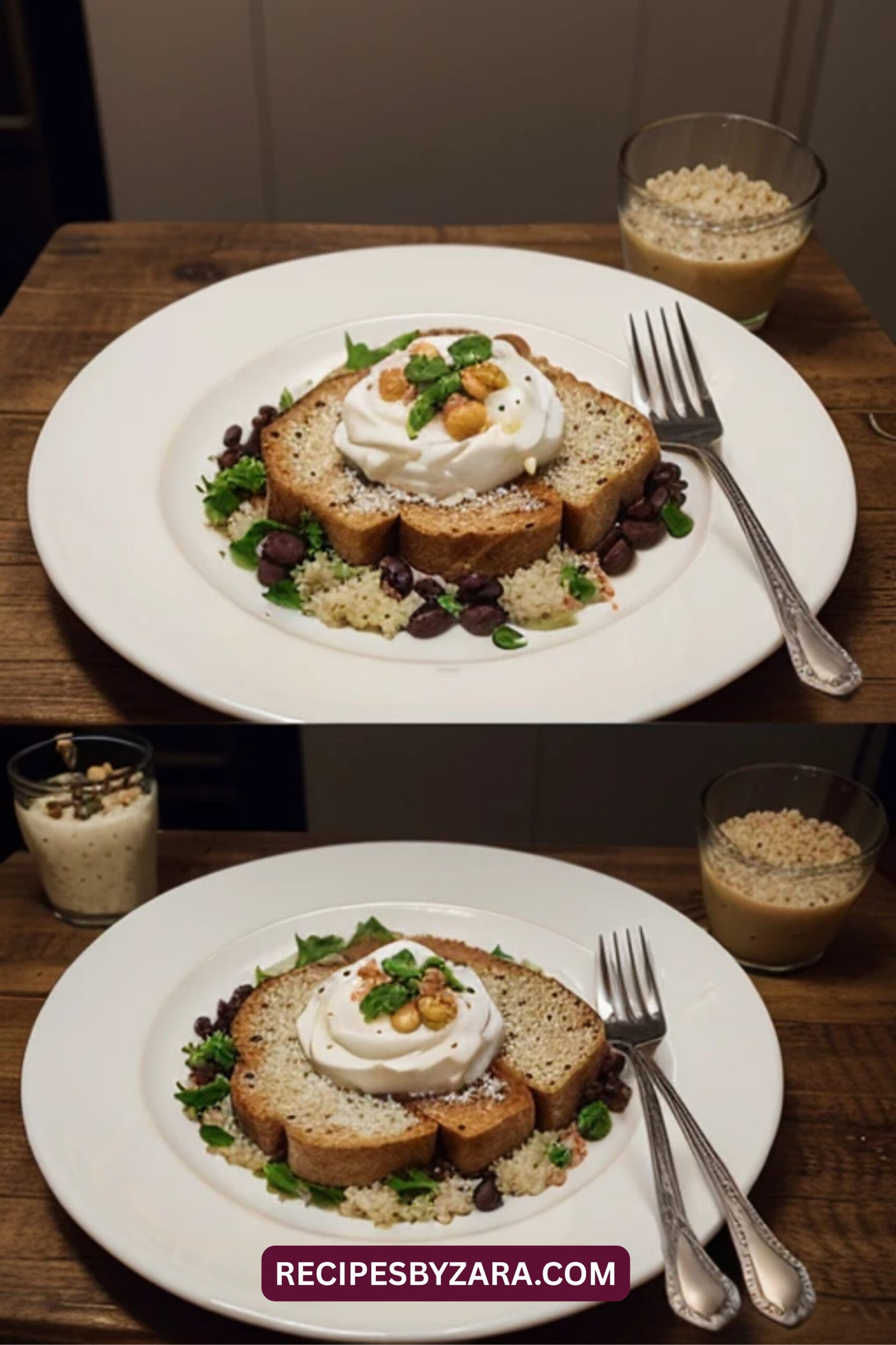
One of the most common concerns about protein vegetarian meals is whether they provide all essential amino acids. While many plant proteins are incomplete on their own, combining them smartly can solve this. Pairing legumes with grains like rice and beans creates a complete protein profile that meets your body’s needs.
Another great pairing is peanut butter on whole-grain toast. Each food offers some amino acids, and together they form a complete protein. Similarly, a lentil and barley soup or a quinoa and black bean salad delivers full protein content. These vegetarian protein combinations are easy and naturally satisfying.
Soy products like tofu and tempeh are complete proteins on their own. Including them a few times a week covers your bases. Likewise, eggs and dairy (if included in your diet) are excellent sources of complete protein. When combined with plant foods, they add even more nutritional value to your meals.
The key is variety. Eating a wide range of plant-based foods throughout the day ensures your amino acid intake is covered. There’s no need to combine everything in one meal, as your body can store amino acids temporarily. With a little awareness, you can confidently create meatless protein meals that are both complete and delicious.
Conclusion
Focusing on protein vegetarian meals is a smart way to maintain strength, energy, and satisfaction on a plant-based diet. From lentils to tofu, there are endless combinations to explore that are high in protein, easy to cook, and full of flavor.
With smart planning and the right ingredients, you can enjoy balanced meals that support your health and your lifestyle. Whether you’re prepping for the week or whipping up a quick dinner, plant-based protein can be simple, satisfying, and sustainable.
FAQs
Q1: What are the best vegetarian sources of protein?
Great options include lentils, chickpeas, tofu, tempeh, quinoa, edamame, Greek yogurt, eggs, and nuts. Mixing a variety of these foods helps you meet your daily protein needs easily.
Q2: Can I build muscle with protein vegetarian meals?
Absolutely. With consistent training and a diet rich in plant-based proteins like soy, legumes, and grains, vegetarians can build and maintain lean muscle effectively.
Q3: How can I prep high-protein vegetarian meals in advance?
Cook grains and legumes in bulk, prepare protein-rich salads and bowls, and store meals in labeled containers. Keep snacks like hummus, yogurt, and boiled eggs on hand for quick protein boosts.
Q4: What are examples of complete proteins for vegetarians?
Soy products (tofu, tempeh), quinoa, eggs, and dairy are complete proteins. You can also combine incomplete proteins, like beans with rice or lentils with whole grains, to make a full amino acid profile.
Q5: Are protein vegetarian meals suitable for kids?
Yes! Meals like lentil soup, chickpea pasta, scrambled eggs, and nut butter sandwiches are kid-friendly and packed with nutrients. Just ensure variety and balance across the week.
